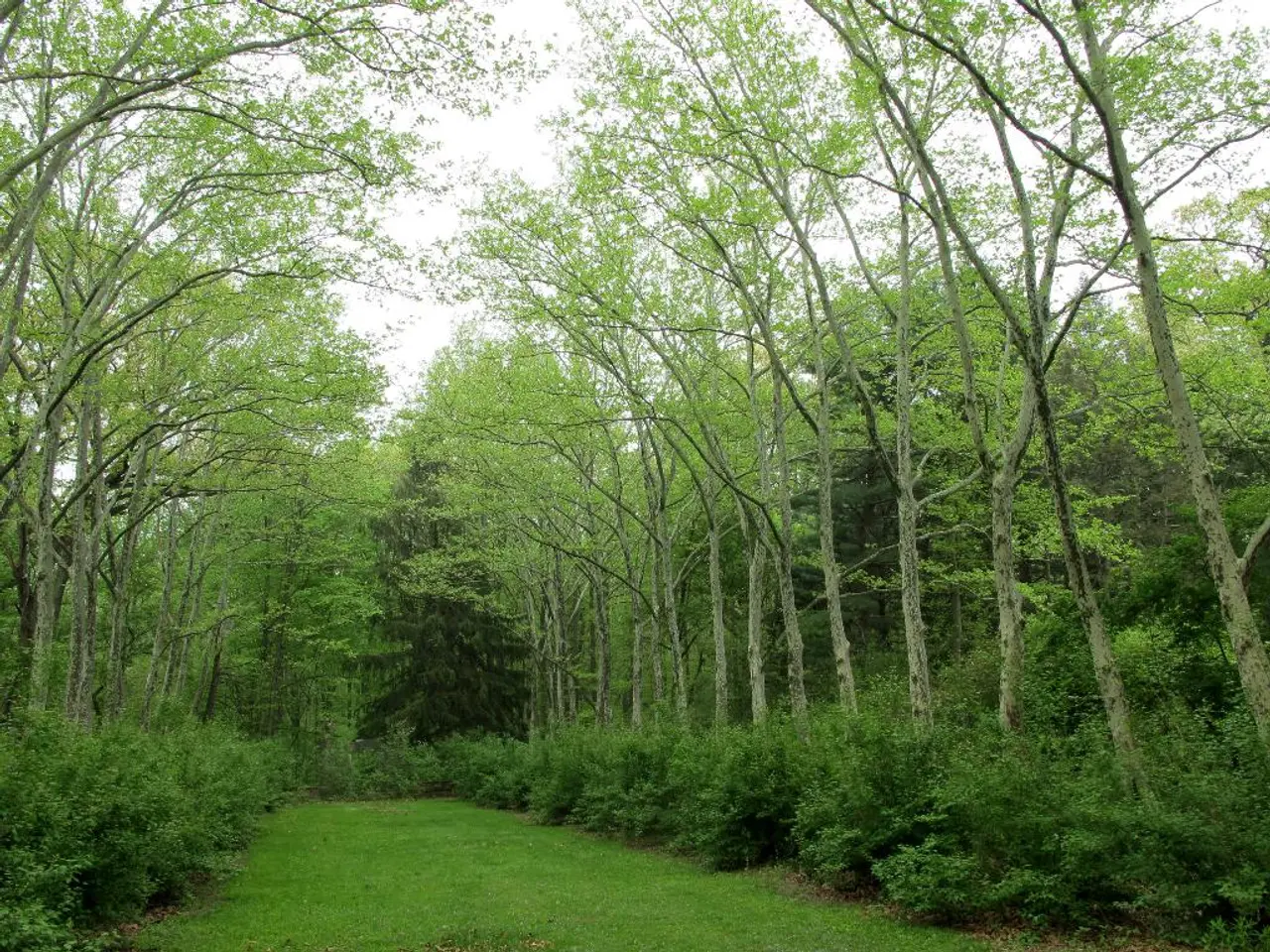Exploring the Nature of Prairie Lands
Grasslands, often called prairies in the Midwest United States, pampas in South America, steppes in Central Eurasia, and savannas in Africa, play a crucial role in the global ecosystem. These expansive landscapes, which account for between 20 and 40 percent of the world's land area, exist on every continent except Antarctica.
Grasslands are unique biomes that thrive where there is not enough rainfall to support a forest, but not so little that a desert forms. They often lie between forests and deserts, and their boundaries can be as vast as the hot savannas of sub-Saharan Africa and northern Australia.
The diversity of species in grasslands is remarkable. Tropical grasslands can host up to 25 species of large plant-eaters, while temperate grasslands, such as the Eurasian steppes, North American prairies, and Argentinian pampas, are home to a variety of animals including prairie dogs, badgers, coyotes, swift foxes, and a multitude of birds. In African savannas, zebras, wildebeest, gazelles, and giraffes graze on the vegetation.
Fires, both natural and human-caused, are important factors shaping grasslands. These fires help to maintain the balance of the ecosystem by removing dead plant material, promoting new growth, and preventing the encroachment of forests or deserts.
However, human activities pose significant threats to grasslands. Farming, overgrazing, invasive species, illegal hunting, and climate change are all contributing to the loss of natural grasslands. Regrettably, less than 10% of natural grasslands are currently protected.
In an effort to combat this, the North American Grasslands Conservation Act was introduced to Congress in 2024. This act aims to provide incentives for conservation efforts, although specific details about the governments and organizations involved or supporting it are currently unavailable.
The U.S. Fish & Wildlife Service supports local and regional organizations in funding habitat conservation throughout the Great Plains grasslands. This support is crucial in preserving these vital ecosystems and the species that depend on them.
Interestingly, the combination of underground biomass with moderate rainfall makes soils in grasslands very fertile and appealing for agricultural use. However, it is essential to balance agricultural needs with the need to conserve these irreplaceable habitats.
Moreover, natural grasslands can help mitigate climate change, storing more carbon than forests in some cases. This carbon storage potential, combined with the rich biodiversity found in grasslands, underscores the importance of preserving these biomes for future generations.
When the rainy season arrives, many fields in grasslands burst with wildflowers such as yarrow, hyssop, and milkweed. The height of vegetation in grasslands varies with the amount of rainfall. Some grasses might be under a foot tall, while others can grow as high as seven feet.
In conclusion, grasslands are vital to our planet's biodiversity and play a crucial role in combating climate change. It is essential that we take steps to conserve these biomes and protect the species that call them home.
Read also:
- Peptide YY (PYY): Exploring its Role in Appetite Suppression, Intestinal Health, and Cognitive Links
- Toddler Health: Rotavirus Signs, Origins, and Potential Complications
- Digestive issues and heart discomfort: Root causes and associated health conditions
- House Infernos: Deadly Hazards Surpassing the Flames








